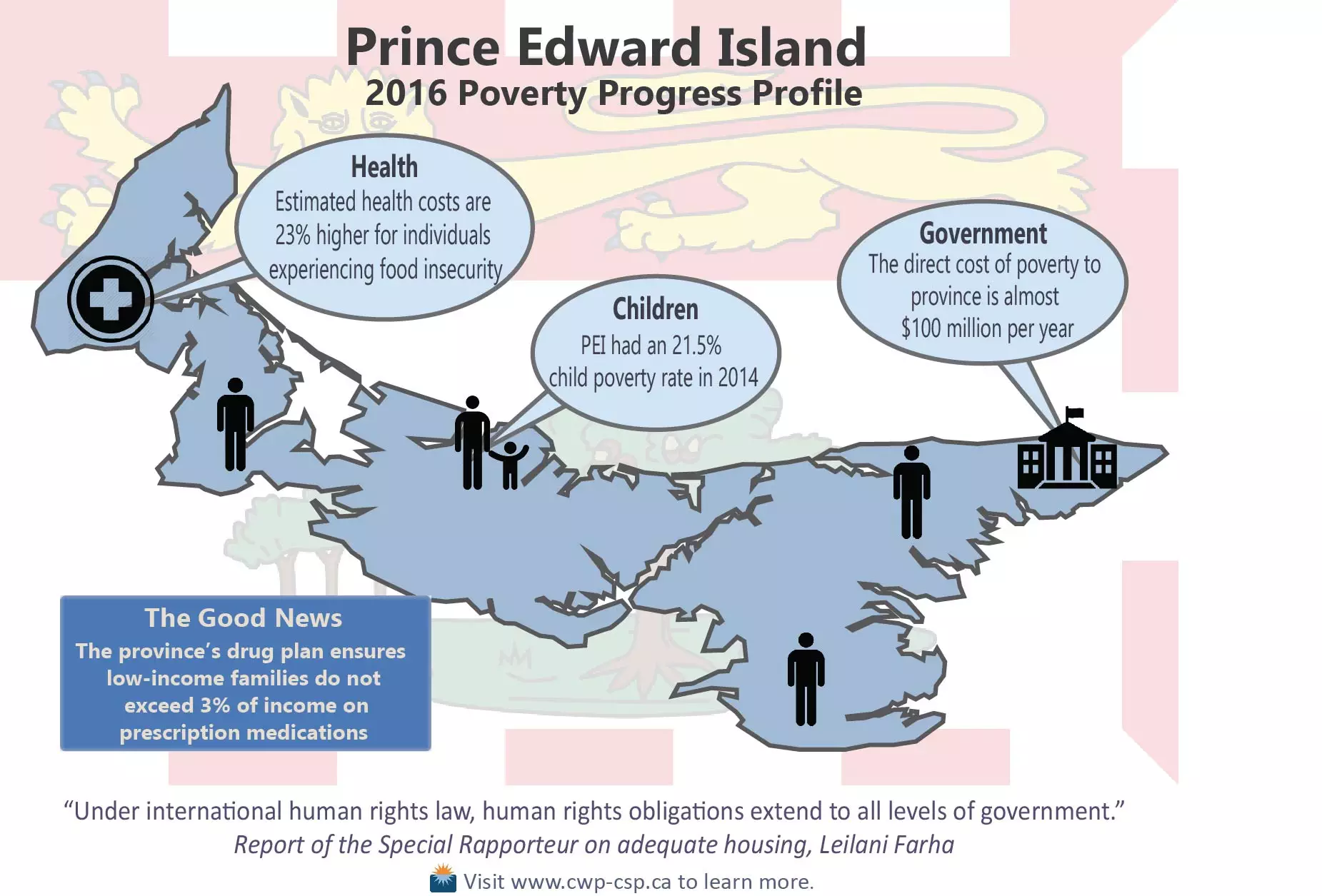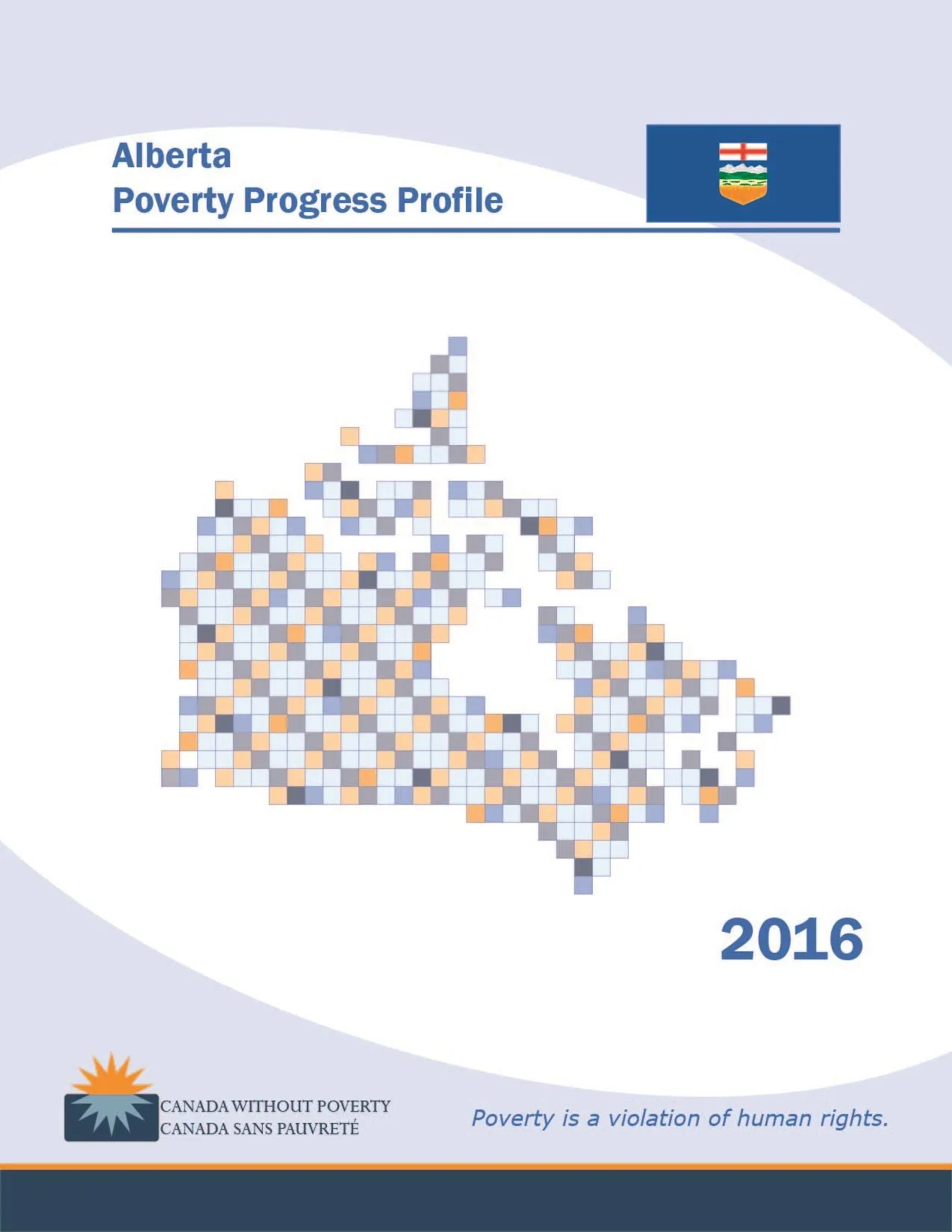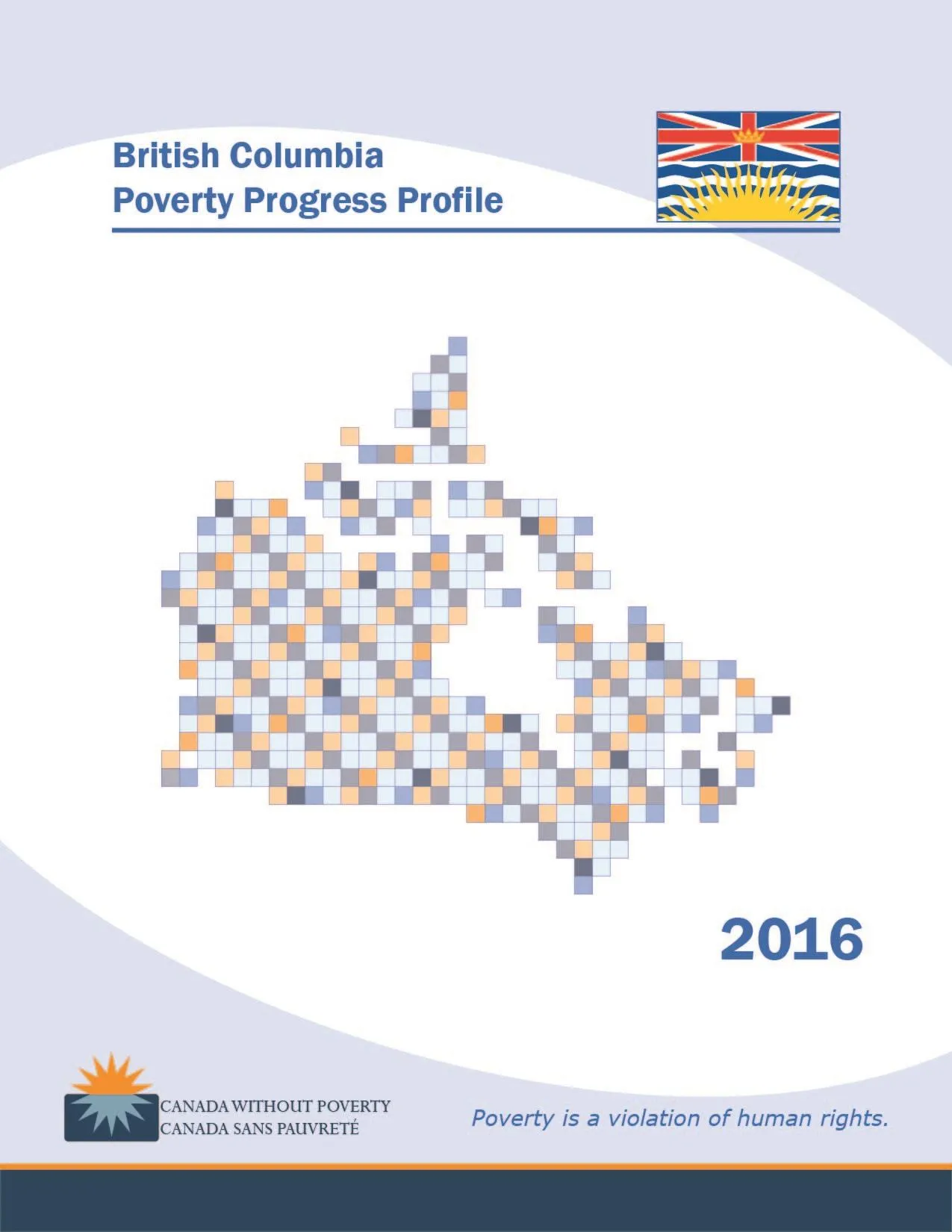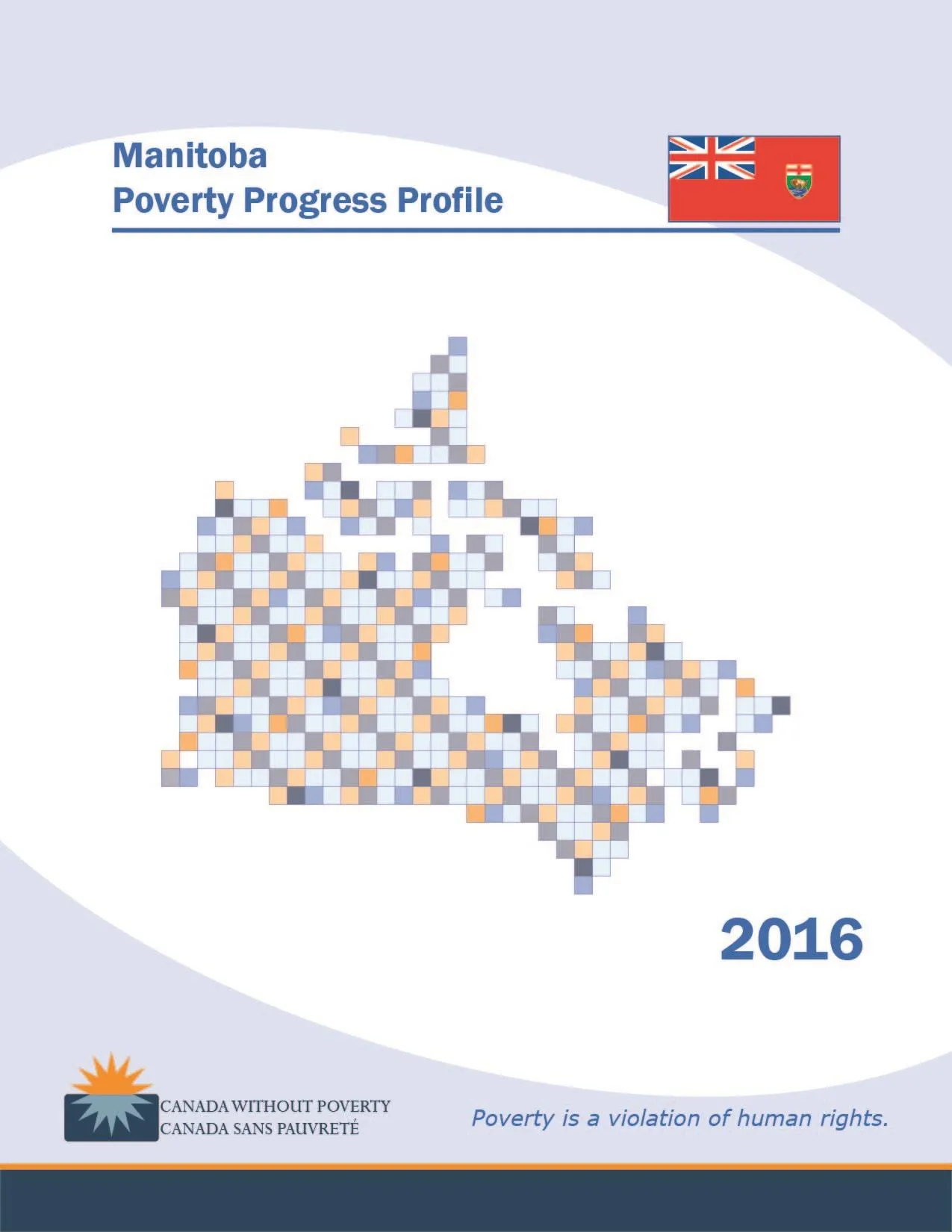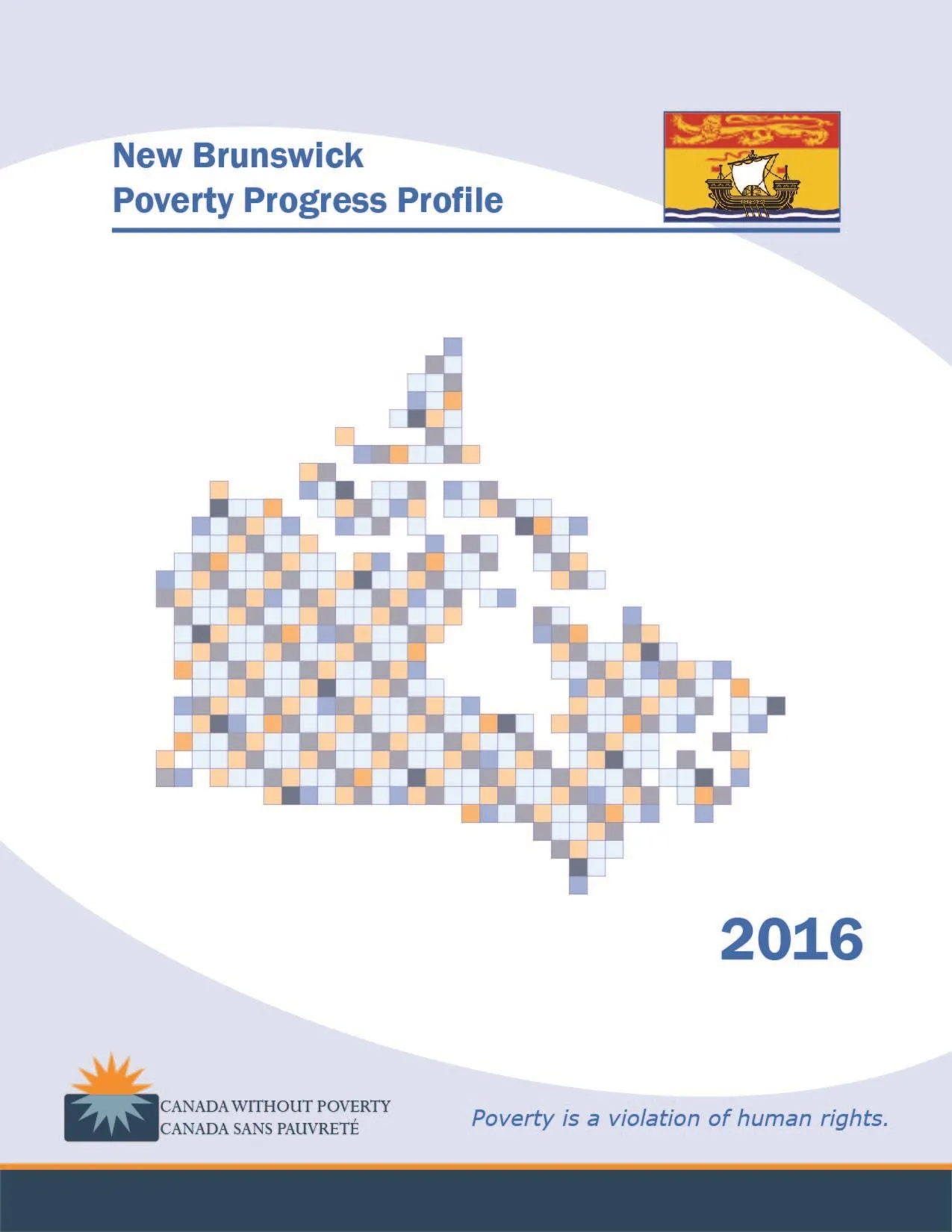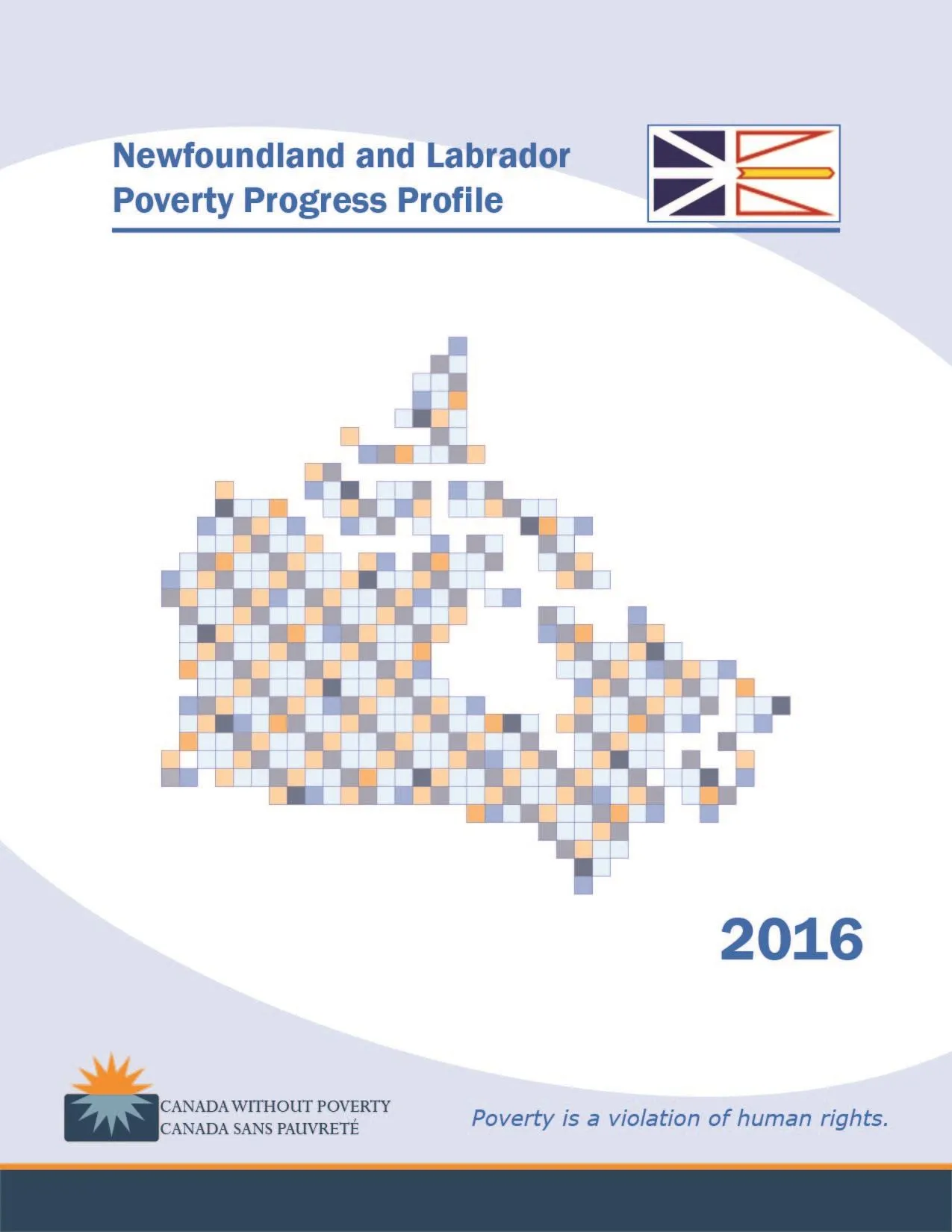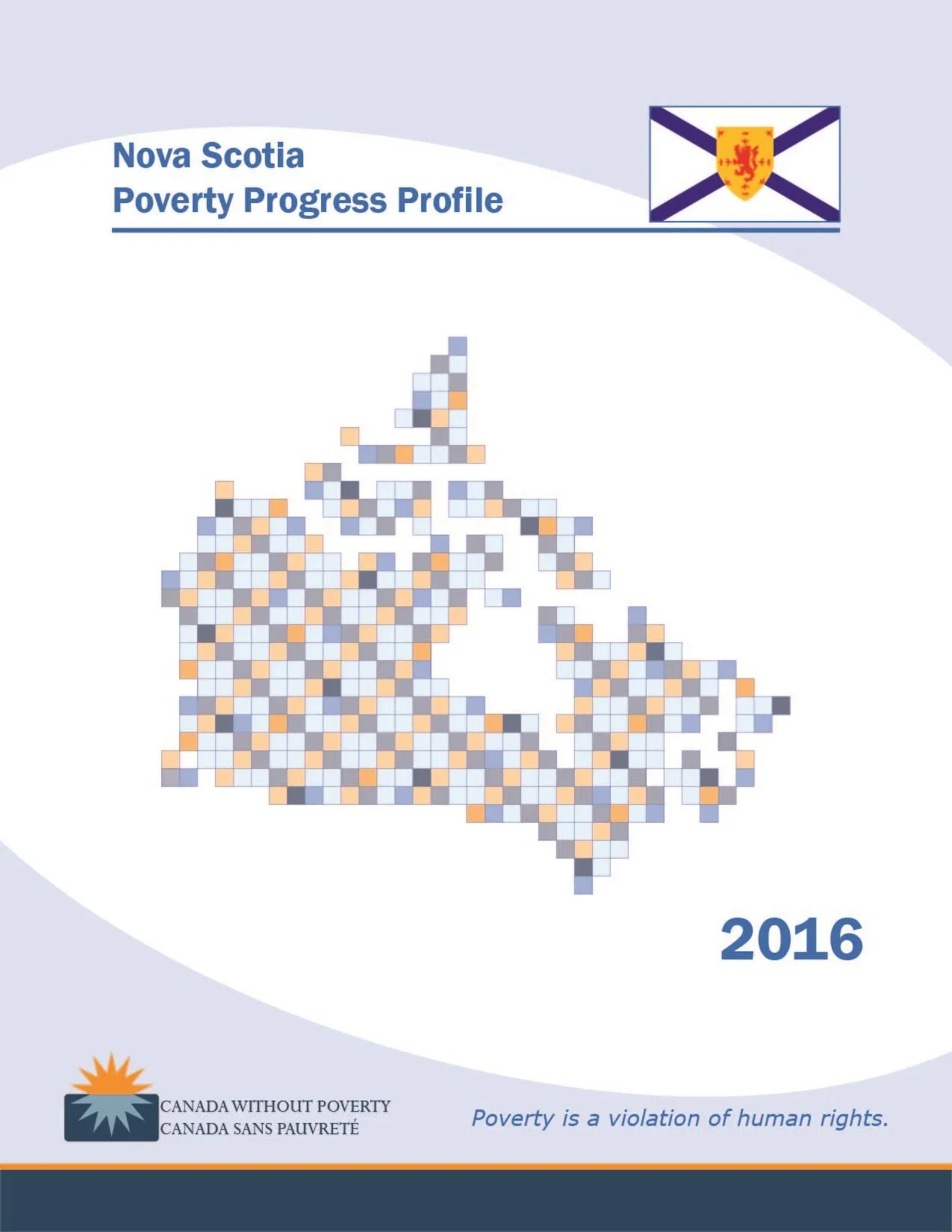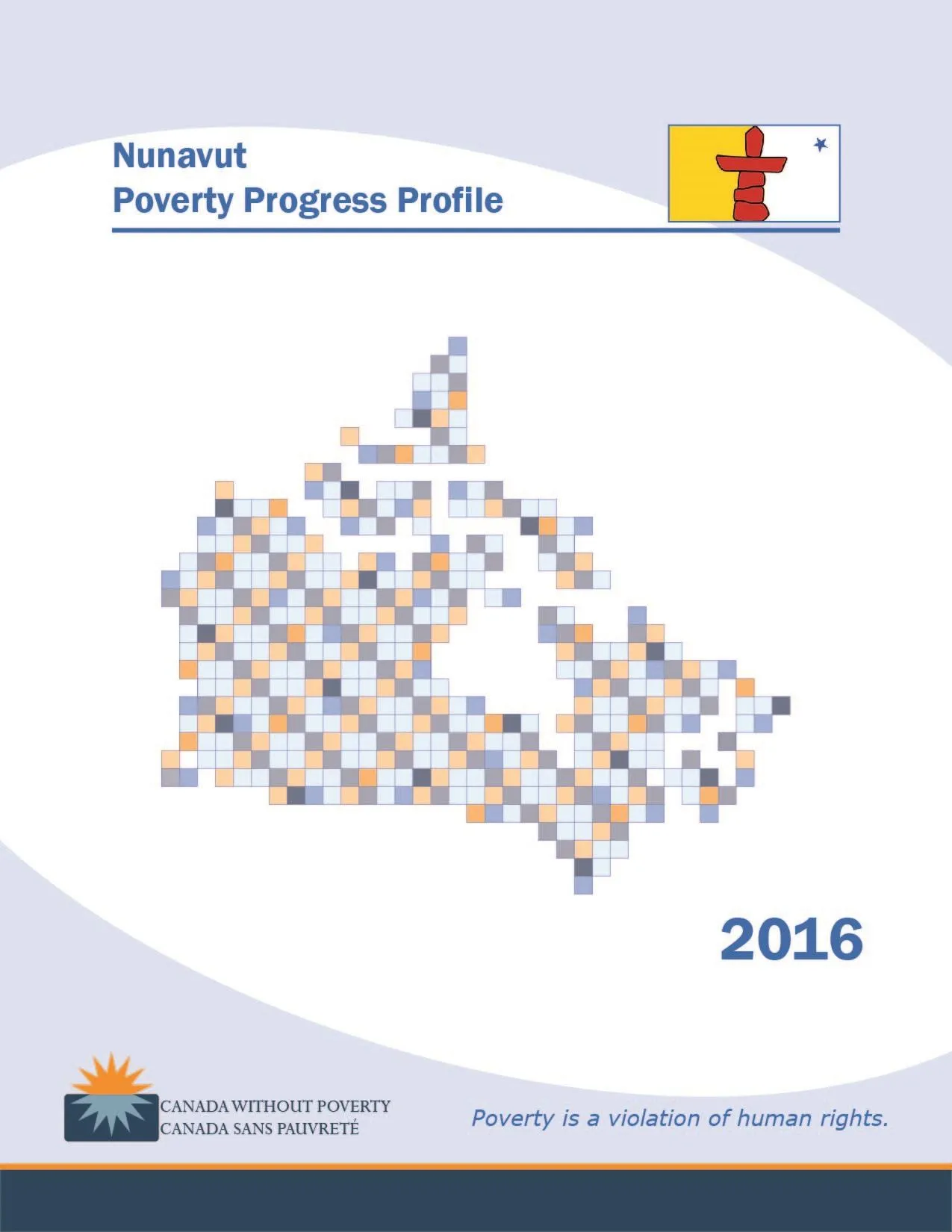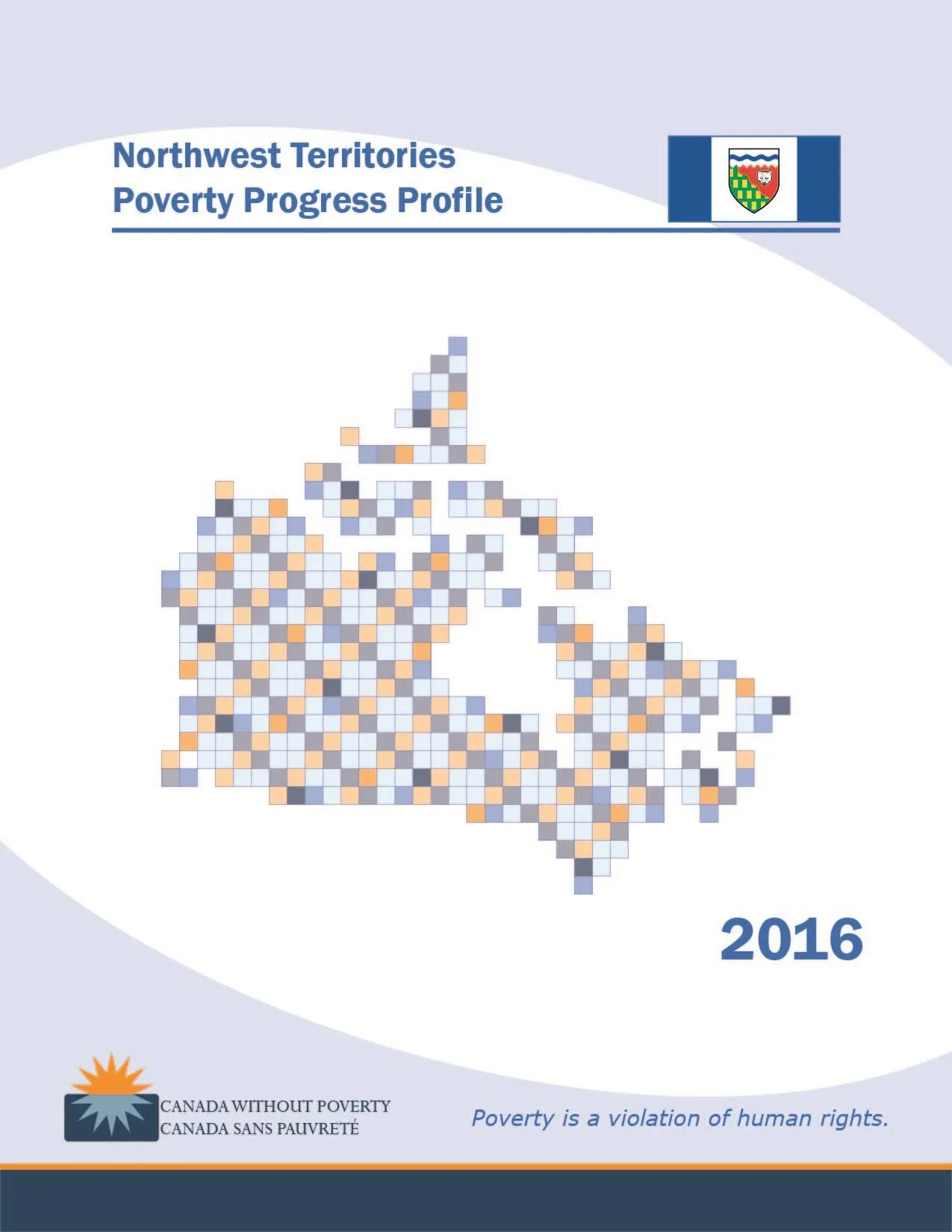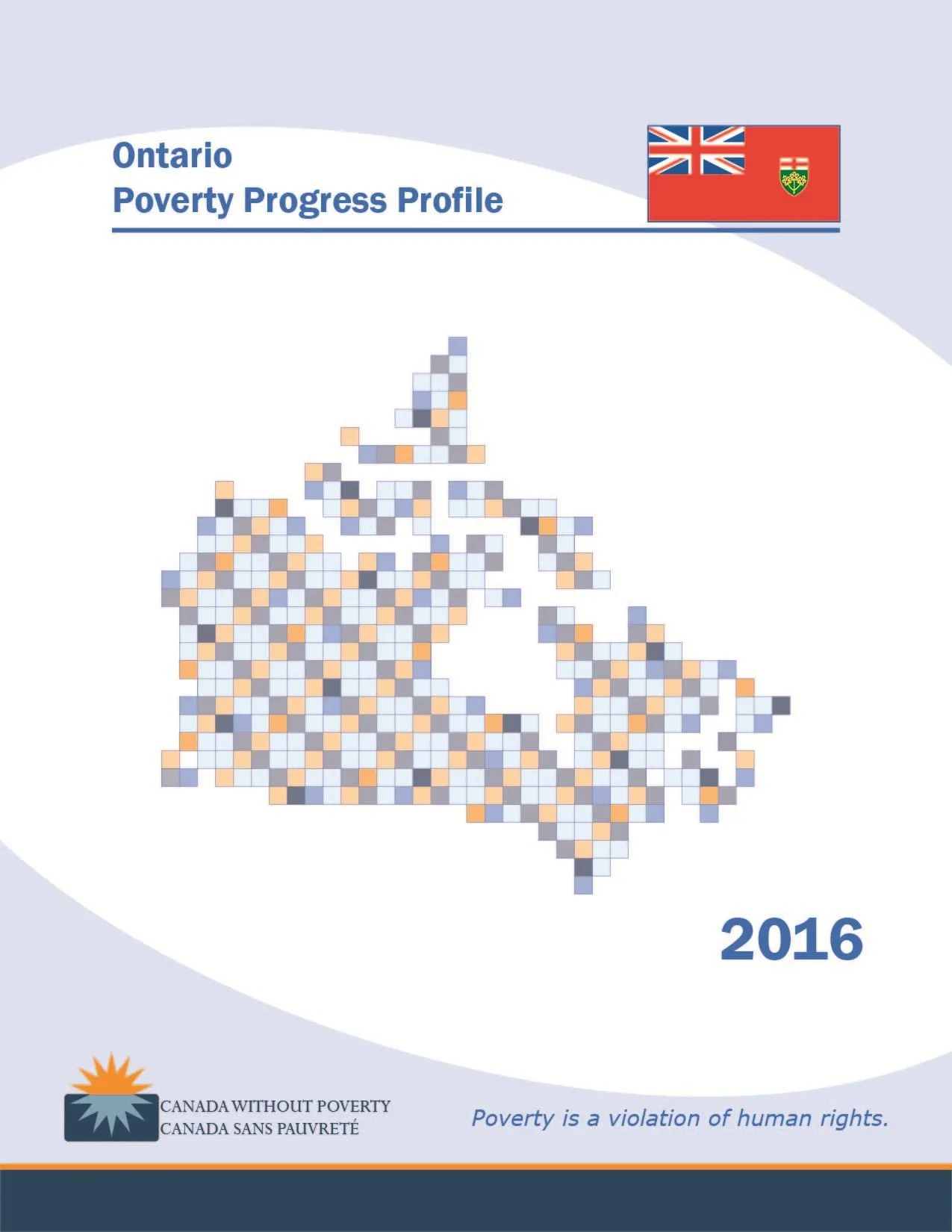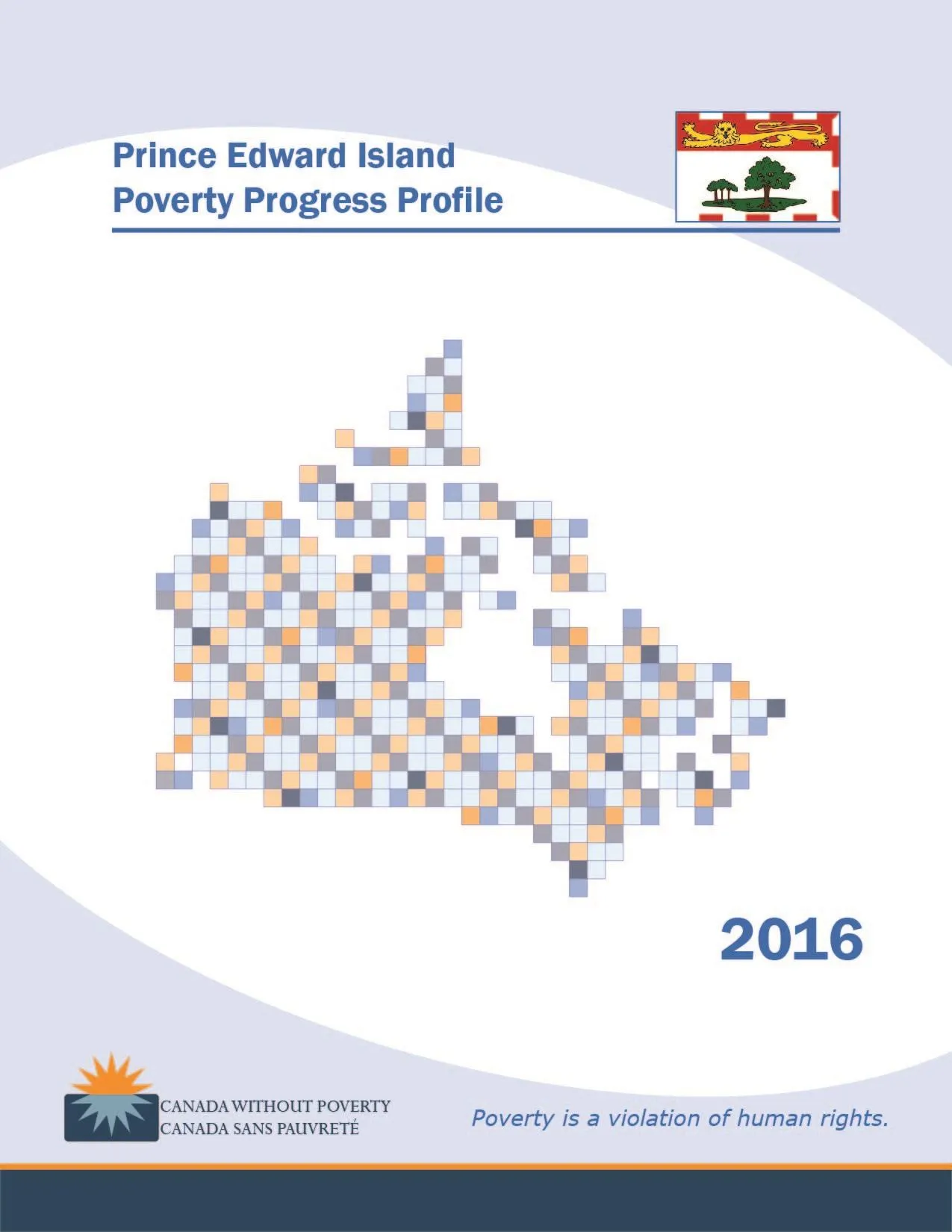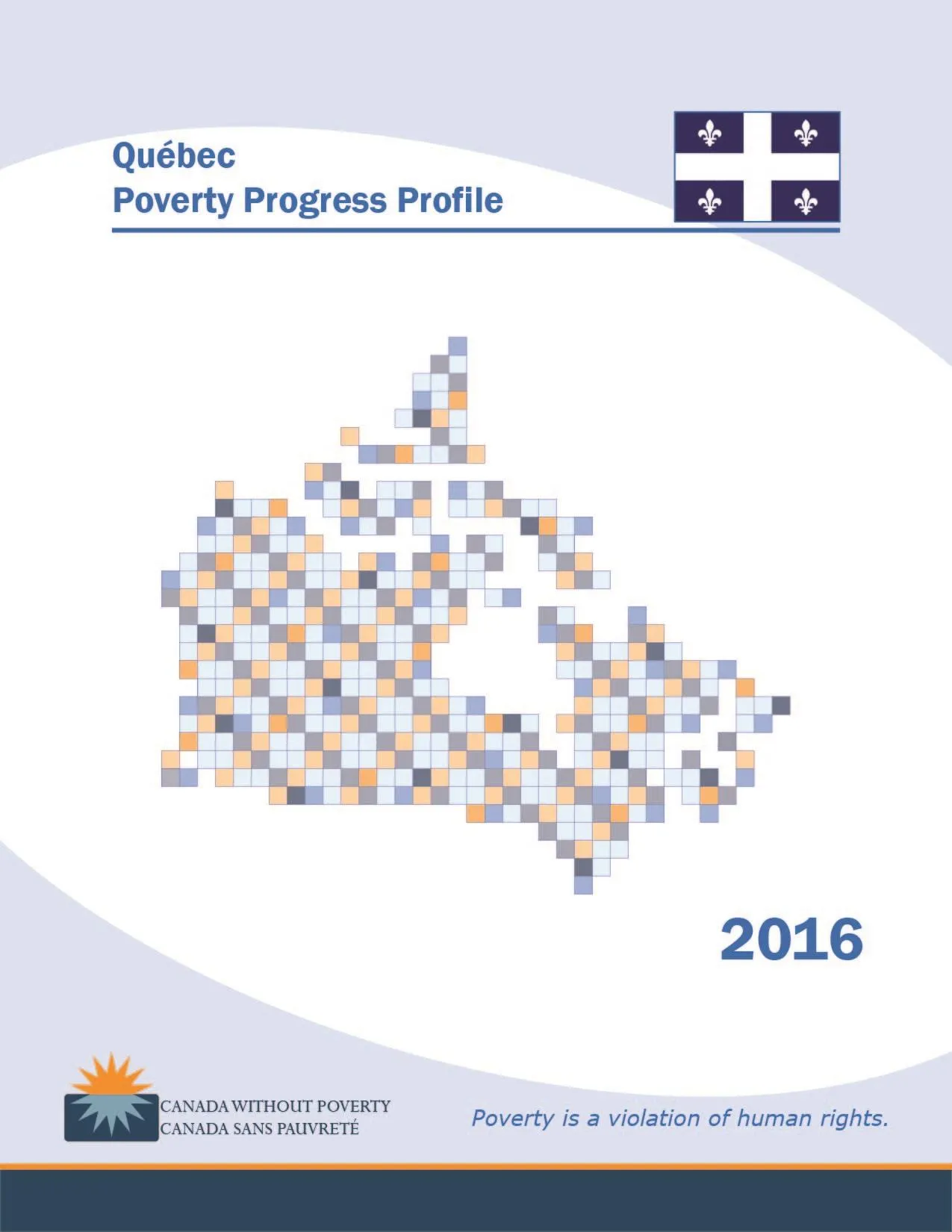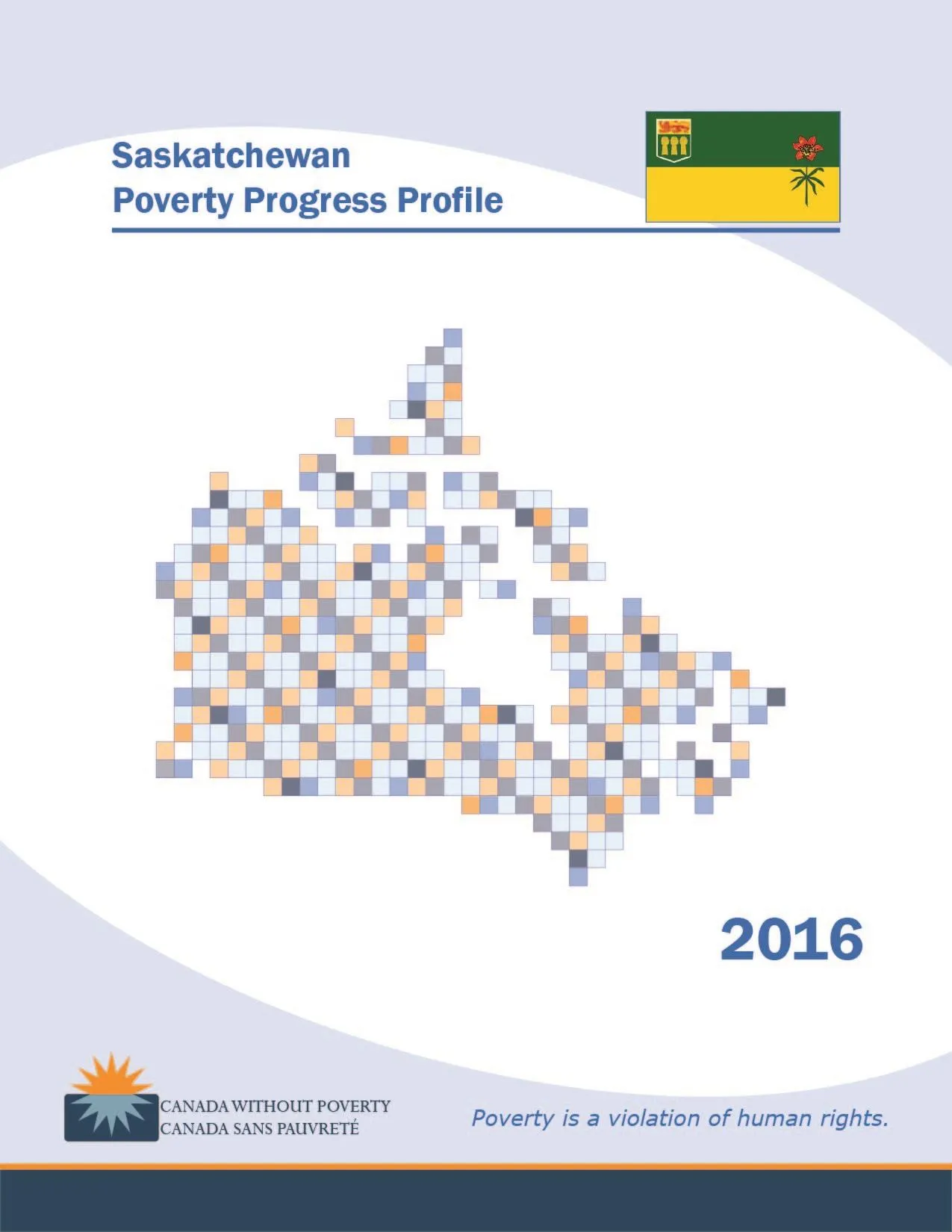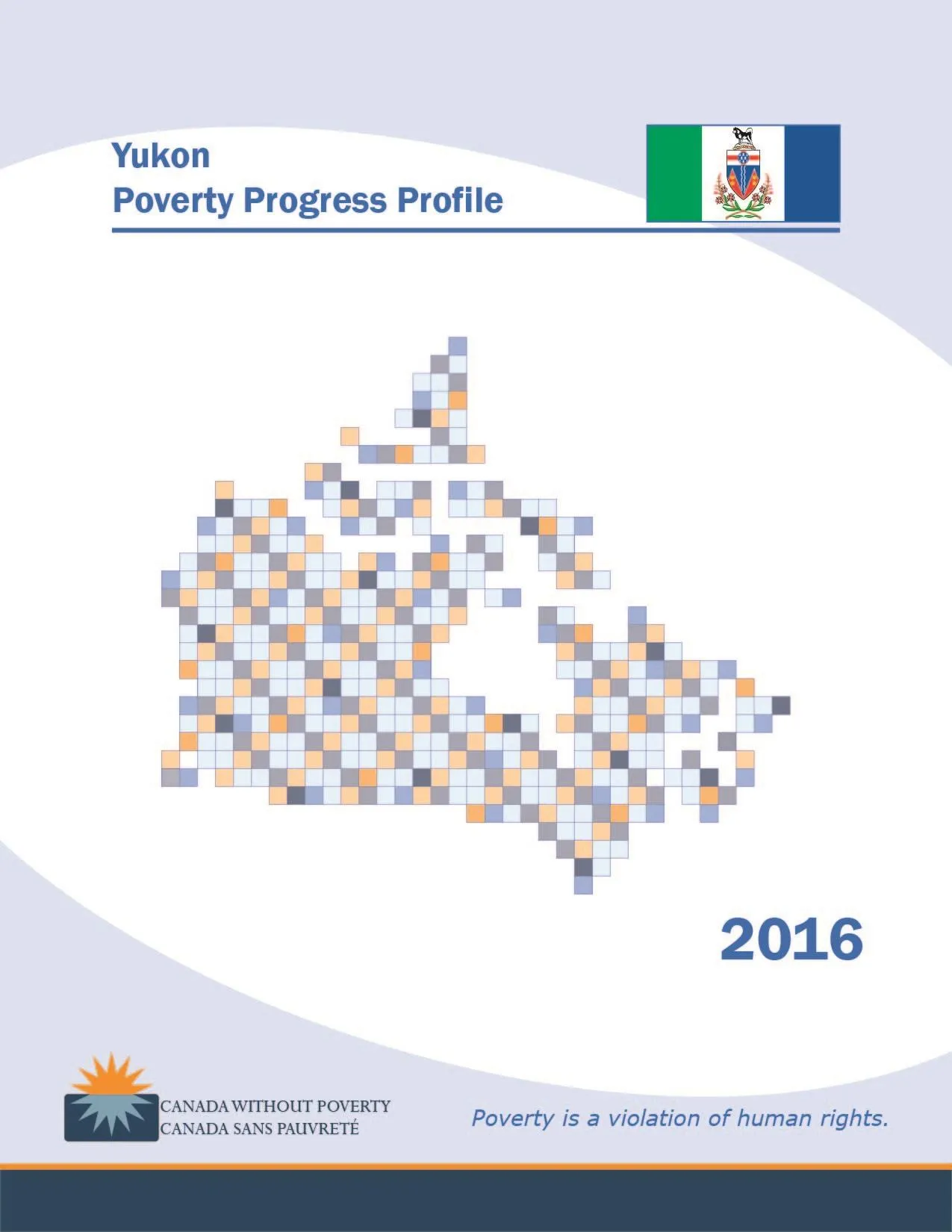This December, CWP is pleased to announce the release of our 2016 Poverty Progress Profiles!
2016 was a big year for the anti-poverty movement in Canada. While the federal government began to take steps to create a Canadian Poverty Reduction Strategy, provincial and territorial plans guided regional efforts to address poverty. This is particularly important as regional governments that are often closest to the people – their laws, policies, and programs can have the most direct effect on the lives of the 4.9 million people across the country living in poverty. And some important changes have happened in provinces and territories this year. For example:
- Saskatchewan released its first anti-poverty strategy entitled the Saskatchewan Poverty Reduction Strategy;
- Prince Edward Island’s Poverty Reduction Strategy expired with no announcements about whether it would be renewed; and
- In British Columbia, a private member’s bill calling for a comprehensive poverty reduction strategy was defeated for a fourth time.
For more infographics on each province and territory stay tuned to CWP’s Instagram, Facebook and Twitter feed!
All levels of government are responsible for ensuring that people in Canada have access to an adequate standard of living. Along with our local partners who are working hard to eliminate poverty in their regions, we think it’s important that provinces and territories are kept accountable for their human rights obligations.
CWP’s Poverty Progress Profiles provide a comprehensive overview of anti-poverty strategies (or lack thereof) in each province and territory and what it means for poverty, hunger, childcare, unemployment, healthcare, education, and homelessness. Read each report below by clicking on the cover page of your province or territory.

